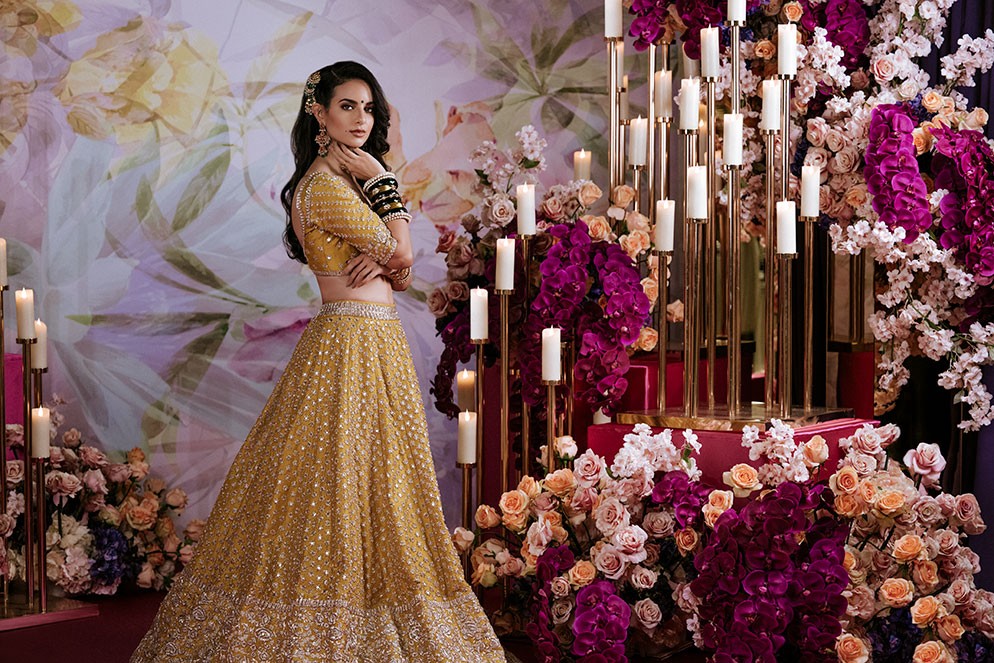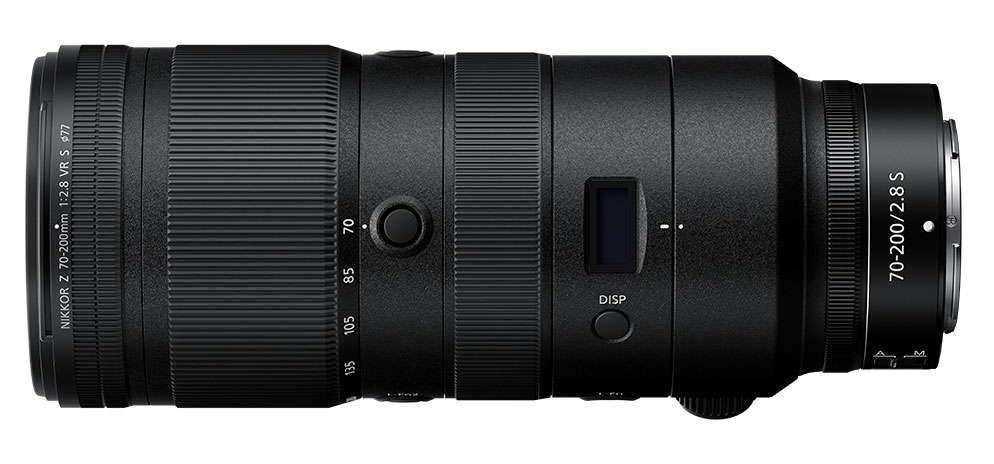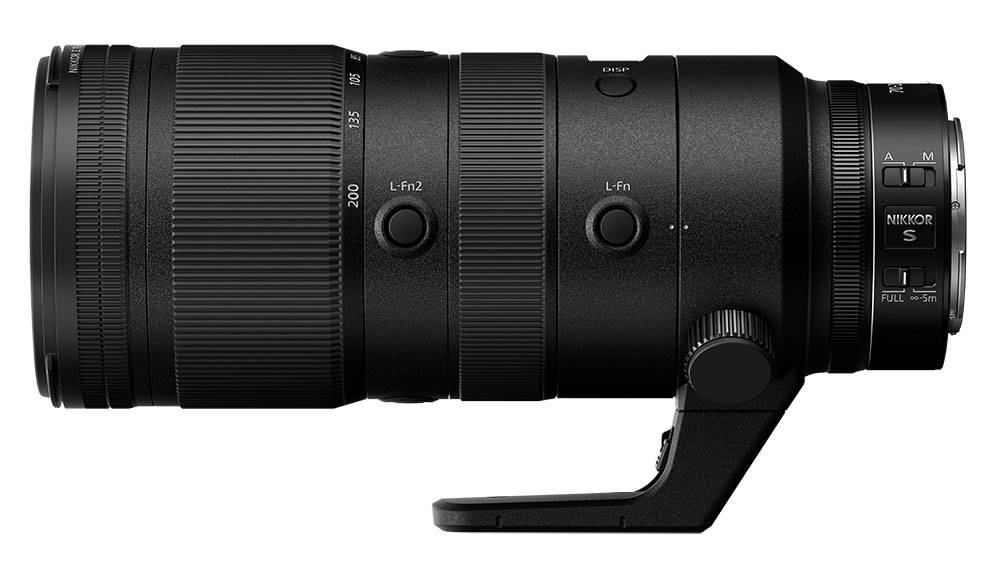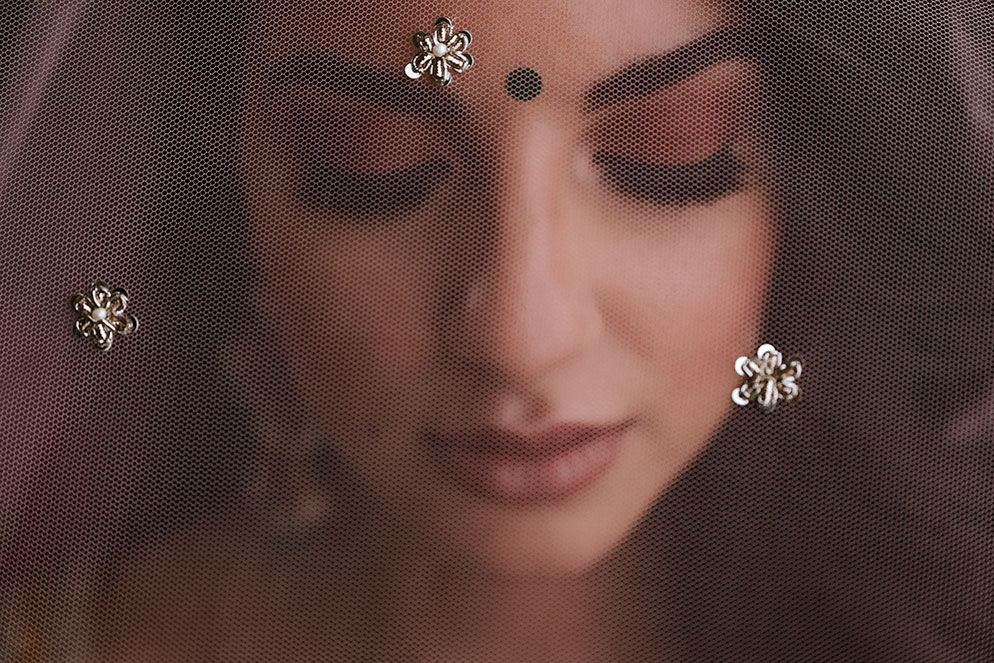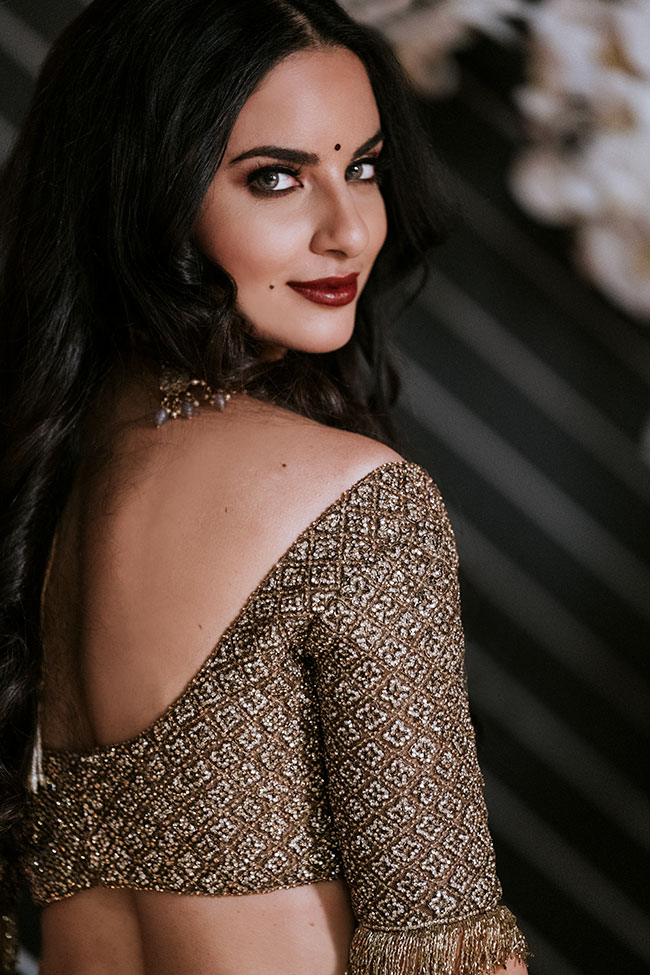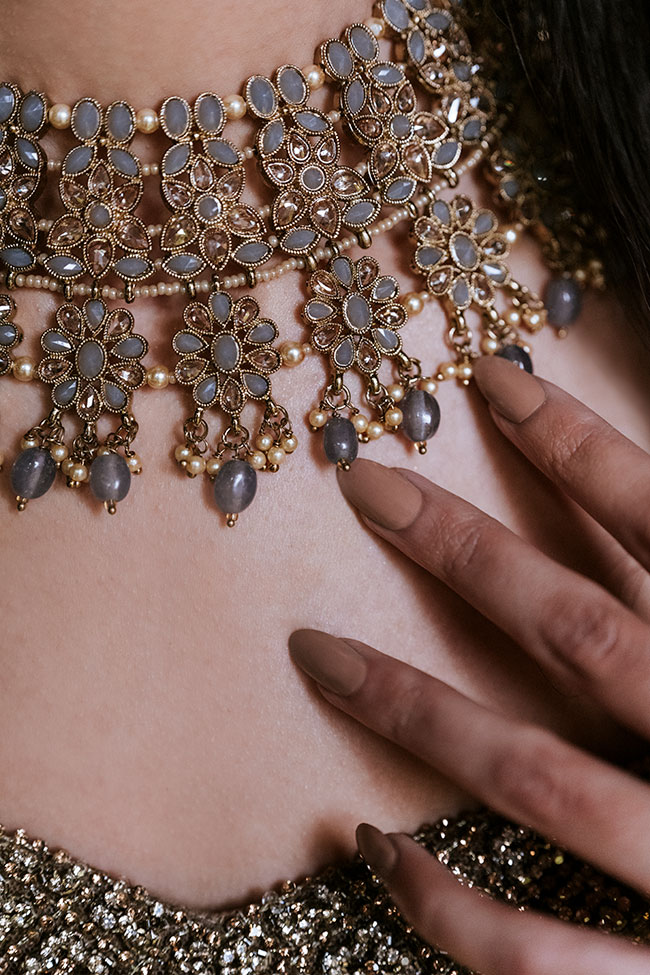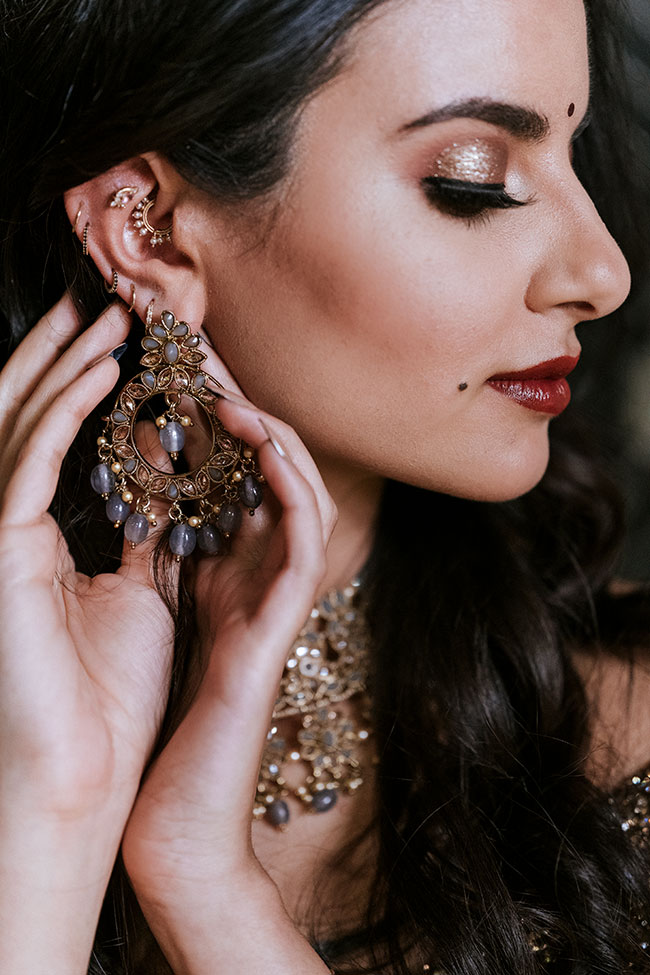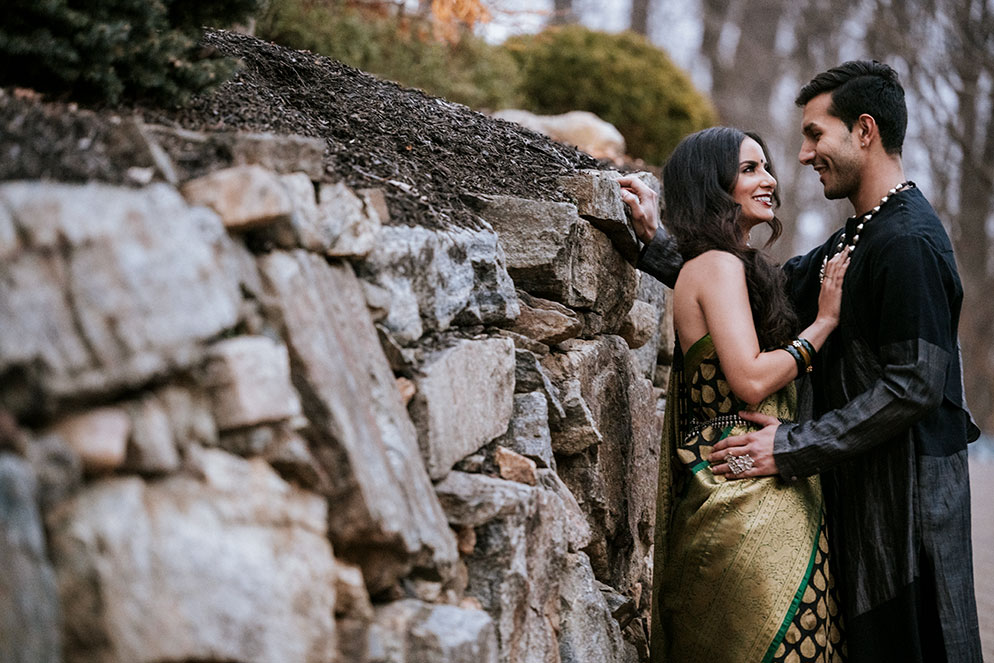With an Eye For Detail: The NIKKOR Z 70-200mm f/2.8 VR S Joins the Z-Lens Lineup
Q: When's a Prime Lens Not Really a Prime Lens?
A: When It's the NIKKOR Z 70-200mm f/2.8 VR S
"The lens is sharp overall and throughout, and you can see that in the layers of detail in this image," Charmi says. The zoom was set at 88mm for this photo. Z 7, NIKKOR Z 70-200mm f/2.8 VR S, 1/250 second, f/2.8, ISO 1600, manual exposure, Matrix metering.
Charmi Peña is a wedding photographer with a specialty: Indian weddings, in all their textures, colors and details. She is a self-described "35/85 shooter," counting on those prime lens focal lengths—previously in DSLR and now in Z system format—to create for her clients "a carefully curated collection of images."
So how did Charmi, a committed prime shooter, react when the NIKKOR Z 70-200mm f/2.8 VR S was added to the lineup of Z lenses?
At 70mm and wide open, the 70-200mm becomes a portrait lens. "And even at 70mm, the compression is there," Charmi says. "I love how beautiful those candles look." Z 7, NIKKOR Z 70-200mm f/2.8 VR S, 1/320 second, f/2.8, ISO 1600, manual exposure, Matrix metering.
After all, 70-200mm is an incredibly popular and versatile focal length zoom for good reasons, and now that it's available in a Z-native version, we imagine every Z series photographer would want to check it out. And she did.
"I'm always looking for new technology and the benefits it might have," she says, and when the 70-200mm became available, her take was, "Let's try it and see what it can do."
What she found out was that the new lens did some things that were new indeed, and, as she says, "very appealing." We thought that the most appealing benefit would be in line with what almost every Z system shooter comments on: the incredible edge-to-edge sharpness of images shot with native Z lenses. Charmi agrees with that—"The sharpness is pretty mind-blowing on its own"—but she had actually zeroed in on another of the 70-200mm zoom's outstanding features: its close-focus capability, which ranges from 1.6 feet at 70mm to 3.28 feet at 200mm.
"The big thing that got me is the sharpness and quality at its minimum focusing distances," she says, "which means I can now use a 70-200mm in small spaces, and that's not something I ever considered before."
Charmi took this image at the lens's 70mm minimum focusing distance. "I was pretty much testing out what the lens would do." Z 7, NIKKOR Z 70-200mm f/2.8 VR S, 1/200 second, f/4, ISO 1600, manual exposure, Matrix metering.
The big thing that got me is the sharpness and quality at its minimum focusing distances…
"The compression is beautiful at 70mm and here at 200mm. I'm used to a prime lens being consistent, and here I'm getting consistency out of a zoom, which is pretty cool." Z 7, NIKKOR Z 70-200mm f/2.8 VR S, 1/200 second, f/2.8, ISO 1600, manual exposure, Matrix metering.
"I'm sure I was at the minimum focusing distance at 70mm, about a foot away." Prior to the 70-200mm, her prime lens choice for a getting-ready photo like this would have been her 105mm AF Micro-Nikkor. "A 70-200mm would be unthinkable, but not anymore. If I can get this close, it's magical." Z 7, NIKKOR Z 70-200mm f/2.8 VR S, 1/320 second, f/2.8, ISO 1600, manual exposure, Matrix metering.
The Composition Angle
We also thought that a zoom lens would give her options for composition that a prime would offer only if she moved into position—in other words, zooming with her feet. But once again, Charmi had her own take on that. "Because I'm a prime shooter I don't think about it that way. "I tend to treat the 70-200mm Z lens as a prime lens. I think of the goal first, then I set my focal length."
So it's not zoom the lens to find the composition; it's previsualize the image and set the zoom's focal length to frame it? "That's right—I know this [composition] is going to be at 85mm, and this one will be 105mm. I've already previsualized how much compression I want, and what I want the frame to be, and that tells me where I need to be and where I need to set the focal length."
The zoom will also give her more options for compression without having to change lenses. "For compression and framing—that's how I'm using it; previsualizing and deciding beforehand what the focal length will be."
For this image, Charmi stepped back a bit from the previous photo with the lens still set at 70mm. Z 7, NIKKOR Z 70-200mm f/2.8 VR S, 1/200 second, f/2.8, ISO 1600, manual exposure, Matrix metering.
"This kind of image happens all the time at wedding venues—an active driveway area, this time with about 15 cars to their right. The lens was at 135mm to frame them without the cars and have the stone wall a cool graphic element to be slightly enjoyed and then moved past to the subjects." Z 7, NIKKOR Z 70-200mm f/2.8 VR S, 1/80 second, f/2.8, ISO 2000, manual exposure, Matrix metering.
Charmi sees the 70-200mm as a "sort of selective prime, where I choose from 70 to 200mm and I know it's going to be sharp whether I use it at 70, 105, 135, 185 or 200mm."
So it seems that adding the 70-200mm Z lens to her lineup of wedding and portrait primes means adding ease, options and opportunities without any sacrifice of image quality.
Not bad for taking some new technology for a test drive.

